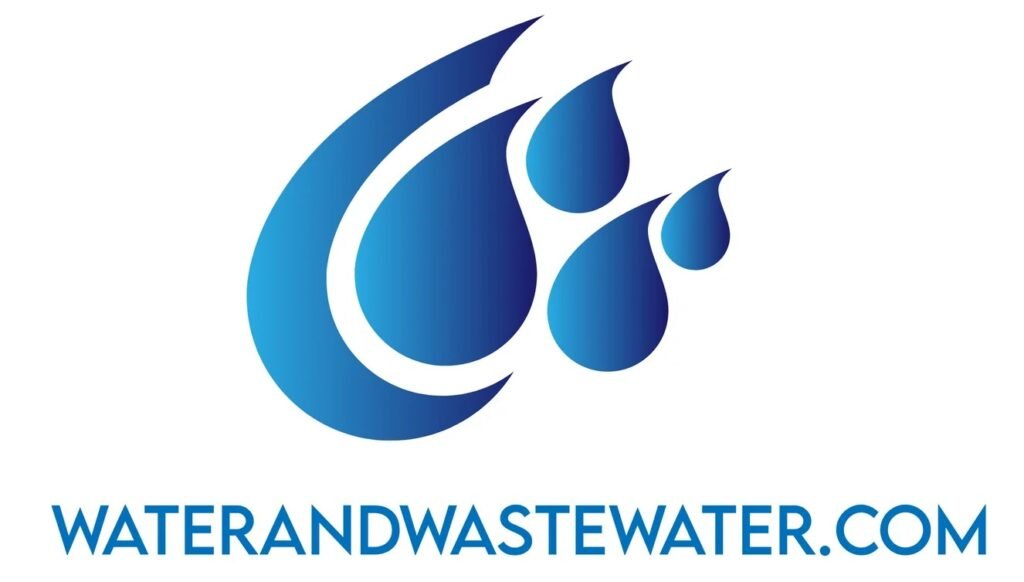Tag: Municipal Wastewater
Cation exchange is a critical process in wastewater treatment that involves the replacement of positively charged ions in the water with ions from a solid phase, typically a resin. This method is especially important for removing contaminants such as calcium, magnesium, and heavy metals from wastewater streams. By exchanging undesirable cations for more benign ones, […]
Mixed bed ion exchange is a sophisticated process in wastewater treatment, where ion exchange resins are used in a single vessel to purify the effluent. This process is highly efficient in removing a broad range of contaminants, from heavy metals to organic and inorganic pollutants, through the exchange of ions between the wastewater and the […]
Drum filters play a crucial role in the wastewater treatment process, providing a mechanical filtration solution that is both effective and reliable. These filters work by trapping solids as wastewater passes through a rotating drum that is covered with a filtering screen or fabric. Designed to handle a wide range of waste streams, drum filters […]
Ultrafiltration is a compelling purification and separation technology widely used in the treatment of wastewater. This process utilizes a semipermeable membrane to separate particles and dissolved molecules based on size. Particularly efficient in removing bacteria, viruses, and high-molecular-weight substances, ultrafiltration serves as a pivotal step in refining wastewater to meet stringent environmental and health standards. […]
In the realm of wastewater treatment, Low Pressure (LP) UV systems present an effective method for disinfecting water. These systems employ ultraviolet light to inactivate harmful microorganisms, including bacteria and viruses, which are often present in untreated wastewater. Unlike chemical disinfection methods, LP UV systems do not introduce any chemicals into the water, making them […]
Hopper bottom clarifiers play a crucial role in the wastewater treatment process. They are designed to facilitate the sedimentation and removal of solids from the wastewater, a critical step in ensuring the cleanliness of water released back into the environment or onto the next stage of treatment. The distinct feature of a hopper bottom clarifier […]
Dissolved Air Flotation (DAF) is an effective process used in treating wastewater, specifically aimed at removing solids, oils, and greases. At its core, the DAF method involves supersaturating water with air under pressure and then releasing the pressure to form microbubbles that attach to particulates, causing them to rise to the surface, where they can […]
Drying beds in wastewater treatment are an essential component for the efficient management and recycling of the byproducts of treated water. They operate on a relatively simple principle: separating solids from the liquid in sludge and then allowing the water content to evaporate, leaving behind dried solids that can be disposed of or repurposed. The […]
Gravity thickeners are an integral component of wastewater treatment plants, serving a crucial role in the processing of sludge. These systems utilize the principle of sedimentation, where solids separate from liquids due to the force of gravity. The higher-density solids gradually settle at the bottom of a tank, allowing clearer water to remain at the […]
Vertical loop reactors are innovative solutions to wastewater treatment challenges. These systems employ a vertically oriented design to facilitate biological treatment processes through enhanced oxygen transfer and mixing. Their compact construction is pivotal in applications where space is limited or where traditional horizontal layouts are not feasible. The biological processes in vertical loop reactors are […]
